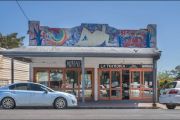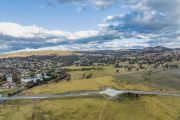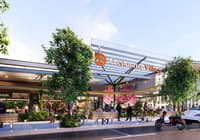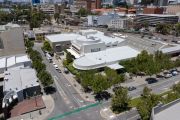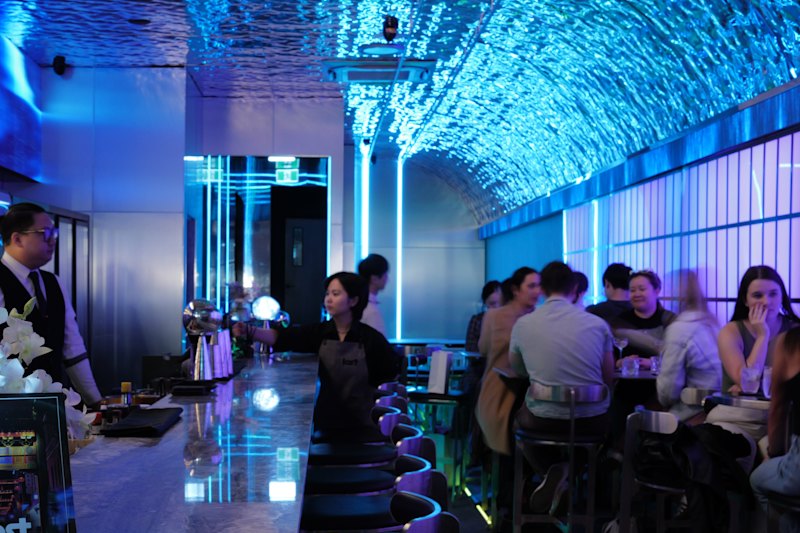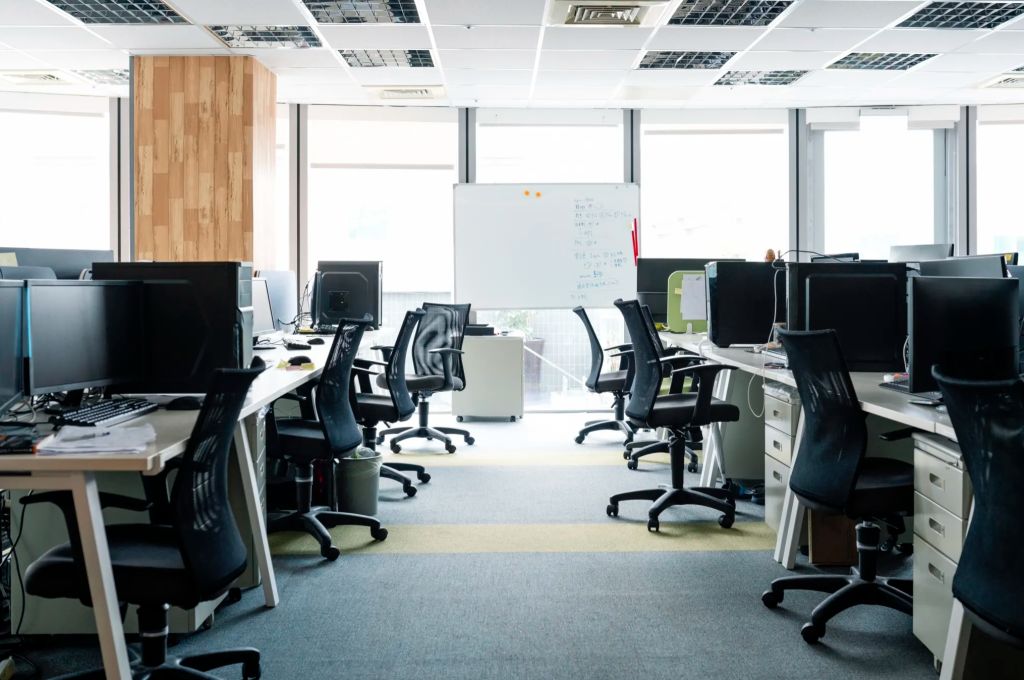
Sydney and Melbourne office towers are effectively empty
The premium office towers that dominate Sydney and Melbourne’s skylines are effectively empty, with occupancy hitting an all-time low while stay-at-home orders keep workers away.
Extended lockdowns across Australia’s two largest cities in August saw occupancy in Sydney’s CBD slump to just 4 per cent, while Melbourne’s plunged to a record low of 7 per cent compared to pre-pandemic levels, Property Council of Australia figures show.
Office occupancy is a key indicator of much-needed activity for shops, restaurants and other city-based services that depend on patronage from office workers.
“All the gains made earlier this year to reactivate the city have now been lost as workers have again been forced to desert the CBD in droves due to lockdown, and the city again resembles a ghost town,” the PCA’s Victorian executive director Danni Hunter said.
Both cities face a huge task to revitalise and rebuild when restrictions lift and, unless they do, small business operators warn they will hit the wall.
David Makin, who runs Axil Coffee Roasters’ 16 venues in Melbourne, said he will likely close several cafés when the government-mandated code of conduct for rent relief finishes in February next year.
Just six of his cafés are currently open for take-away business and only one of those is in the CBD.
One Axel Coffee venue in the city has got more than $100,000 in deferred rent. “We’re getting to the stage where we are going to have to walk away from a few,” he said.
Richard Fennell, global property firm JLL’s head of property management, said companies are still issuing briefs, renewing leases or signing new ones despite the severe slump in occupancy.
“There is activity out there. That’s a function of the knowledge that we’re going to get vaccinated,” he said.
But JLL figures show the extended lockdowns and uncertainty are bumping up vacancy rates – the empty office floors without leases – which rose to 13.2 and 14.1 per cent respectively in Sydney and Melbourne over three months to June. Before the pandemic, they were at historic lows around 4 per cent.
Incentives, the discounts landlords offer on rent, are also rising.
The PCA’s chief executive Ken Morrison said cities like Brisbane and Adelaide that recently emerged from lockdowns had recovered strongly with occupancy in their CBDs at 60 and 65 per cent respectively.
“We know that lockdowns are having a big impact on our CBDs, but it is encouraging to see that once lockdowns are lifted workers are returning at faster rates than we recorded in 2020,” he said.
The PCA surveys major landlords and office managers to determine how full or not city buildings are. Most are not expecting to see more workers in their buildings in the next three months, Mr Morrison said.

